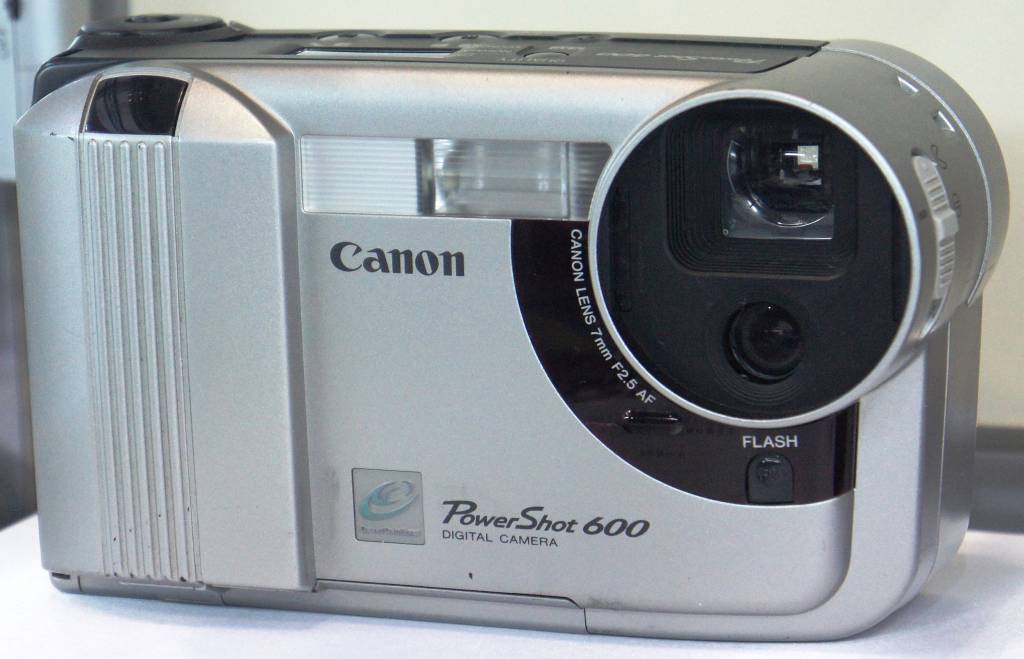How far has digital photography advanced in 20 years? I first came across digital photography in the late 1990s when I was handling the press office for an international motorcycle exhibition in Birmingham. A journalist friend had built up a good relationship with Canon and managed to persuade them to lend us a preview copy of the Canon Powershot 600.
This little camera was released to the public in 1996 so it is probable we had it in November 1995. We used the Powershot to record events during the show day and we were able to publish the results in the daily bulletin aimed at exhibitors. Magic. All quite revolutionary as far as I was concerned.
Toy Story
It was soon apparent, however, that the Powershot 600 was something of a toy and none of the press photographers attending our show would have imagined digital cameras taking over from the then dominant film. It was a curiosity in the press office. Everyone wanted to see it and try it, but no one imagined themselves buying one. Our staff photographer still did his thing and produced contact prints for selection and printing.
The resulting prints were attached to photocopied press releases and mailed to newspapers around the country. How things have changed. Now, everything is done instantly. It makes you wonder what the Post Office manages without all this physical mail. But I know the answer to that — mail order and parcels.
Looking back
In this video, Colin and Jordan of DPReview look back to 1999 and two very expensive and professional early attempts to put digital photography on the map. Some things have changed, others remain very familiar.


ProPhoto Supply 503 241 1112 Portland Oregon has my display of virtually every early 1980s-2000 Digital Camera including the Minolta RD175, Apple Quick Takes, LogoTech, Mavicas, Polaroid 3000, dozens of them Mark Kronquist heck you could probably buy the collection and have a museum
Digital has come along way down the years, after all it was the digital revolution that convinced me I could enjoy photography, and chose the results the world see’s. Where as spending half a life time in a dark room with nothing to show for my efforts (that just never appealed).
I still think even with digital that you have to treat the post processing as part of the gig. Hence why I always shoot in raw and process what I need. That way you take your digital images in to your digital dark room and create the magic there. Just without the smell of developers and fixers. Oh the fun in the dark room.
One day I may step back in time, take up a film camera, use it, and write about the experience.